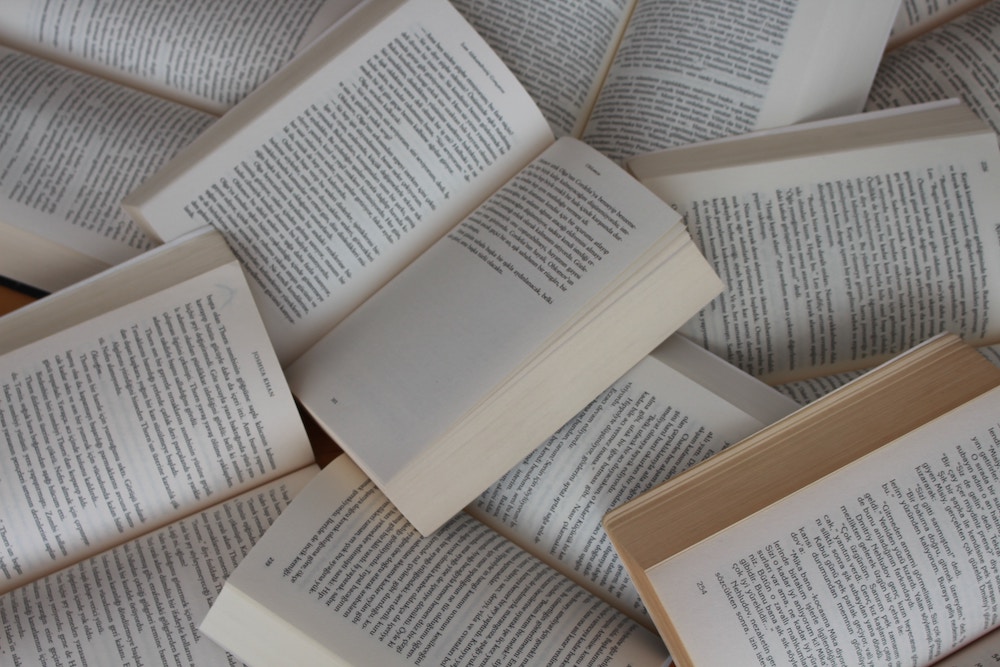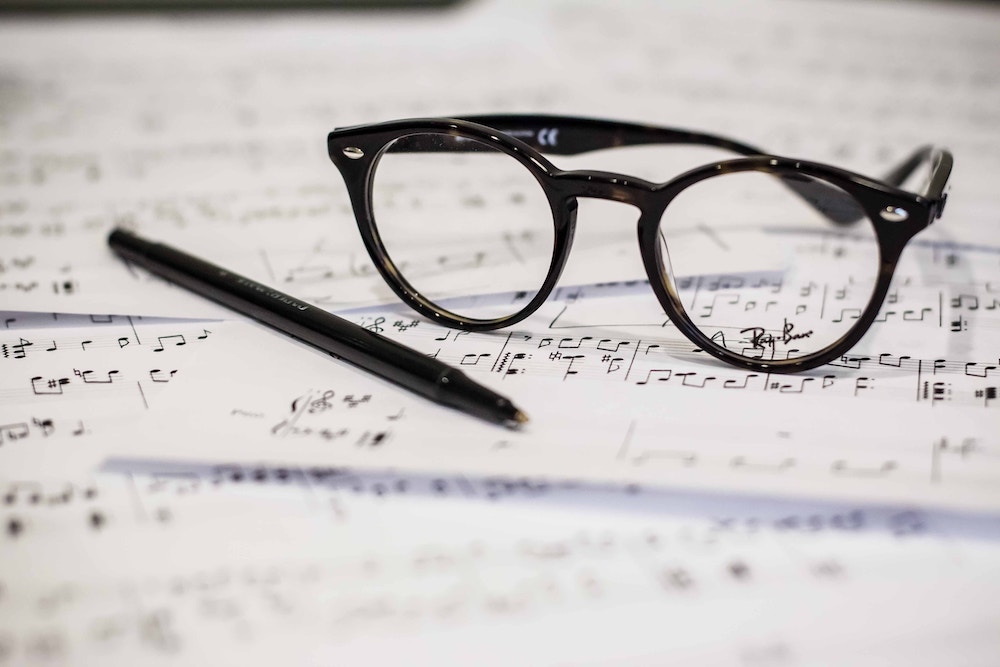by Kelsey Schoenbaum, Music
Growing up, I was a reader. I brought a book everywhere: on the playground, in the cafeteria, sometimes in my lap during class time. My teachers loved it, and it was hardly surprising that I developed very advanced language and writing skills for my age. As a young adult, my life became about music: practice and study, performance and analysis. Now, as a musicologist, these skills combine as it becomes my focus to write about music. And after spending so long saturated in musical study, I find it creeps into the way I think about writing.

Take the period, for instance. Most everyone knows it’s the punctuation you use at the end of a sentence. But when do you decide to end a sentence? And what does it do to your flow? Well, it seems to me that a period is analogous to a cadence in music: a really distinctive motion from the fifth note in a scale to the first note that signals to 99% of listeners that something is ending, usually a completed phrase or section. Thinking of it this way brings a new sense of finality to the concept of a period, as a marker that the sentence is not only finished, but complete and whole. Suddenly a little period seems very weighty! It’s rather consistent with the British-English terminology of a period as a “full-stop,” or an old-fashioned telegraph message that simply writes “STOP” where the period would be. Not all cadences are created equal, however. Half-cadences finish a thought while still leaving the overall idea open to be developed. This can be compared to a conjunction, a colon, or a semi-colon, depending on which is grammatically appropriate. I love a good semi-colon, and I think I’m more wont to use it than other people which I attribute entirely to this musical way of thinking.
European classical composers certainly loved structure in their music, and for good reason. They developed formulas over time that had a certain sort of narrative arc. Sometimes this was as simple as a contrasting section between two versions of the same tune. They also quite liked a form where they exhibited the most tuneful materials in the first second, and then mixed up and played with it in the contrasting section. The result was not something you could sing along to, but intended to be interesting, skillful, and maybe provocative. For it to be effective though, you need to make sure that all your ideas are clear and easy to grasp in the beginning so that your listener may follow any clever manipulations of the material. The clarity of this formula has worked for centuries, and it’s something that’s also very important in writing academic papers. You need to make sure all your evidence is present so you and your reader are on the same page before you begin your analysis. Following the structure of a classical piece of music can help you catch yourself making assumptions about what your reader might or might not know, or might have forgot.

Music is deeply linked to language, and vice versa. You don’t need to be a trained musician or musical scholar to feel the truth in that. Music is something that resides in everyone, and by extension good writing resides in everyone if you learn to cultivate it.